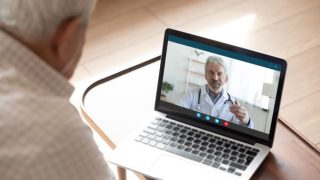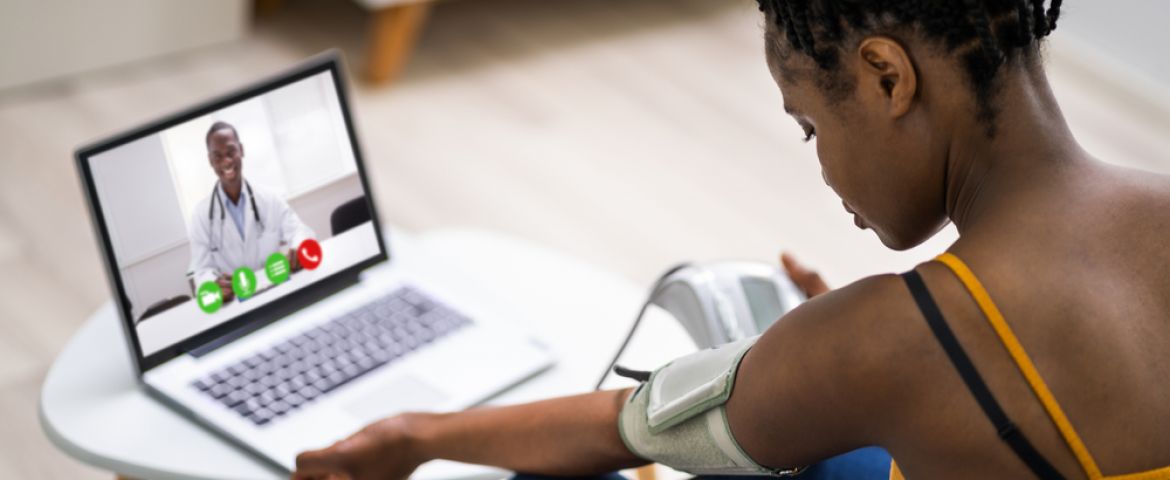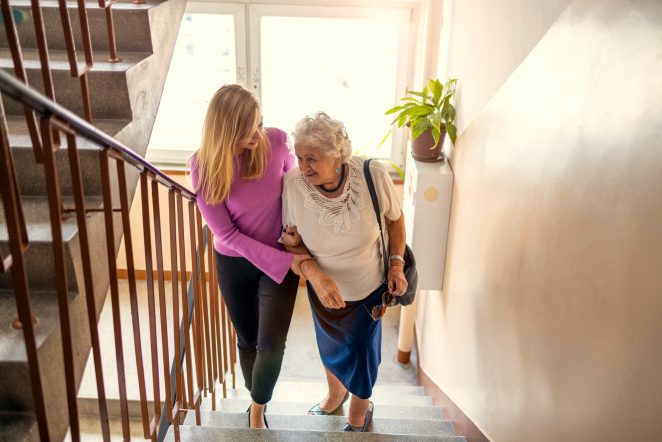Internet access, or the lack of it, can have a significant impact on reaching optimal health and wellness.
Defined by the World Health Organization as “the conditions in which people are born, grow, live, work and age,” social determinants of health are environmental and societal factors that impact physical and mental health. Social determinants of health include:
- Education access and quality
- Neighborhood and physical environment
- Economic stability
- Community and social context
- Health care access and quality
These factors are closely interconnected and can contribute to inequities in health care. One important resource that is linked to whether a person can reach optimal health is access to broadband internet.
If you have high-speed internet access, appropriate technology, and digital literacy, you can easily log on to a portal and schedule a follow-up appointment with your doctor to discuss issues like diabetes management or hypertension.
Or, if you wake up with a sore throat and cough but don’t want to wait at urgent care for a non-emergency issue, you can use a phone or laptop to video conference with a licensed medical professional.
By using virtual care, patients can get a diagnosis and prescription without having to leave home or significantly interrupt a work day.
However, those without easy access face many hidden barriers. For some, accessing virtual care may mean taking a bus and then walking a few miles to utilize Wi-Fi at the public library while also trying to balance a work schedule and caring for family members.
A lack of access to high-speed internet has been coined the “super determinant of health,” by some population health experts. This shines a light on another disparity in America revealed by the COVID-19 pandemic. Many organizations across the country and here in Michigan are collaborating to help close this gap.
To address health inequity, the economic and environmental factors should also be considered, including internet accessibility and how the lack of it leads to poorer health. The city of Detroit has a 30 percent poverty rate, and affordability is a barrier to owning technology and affects those budgeting monthly living expenses. A lack of digital literacy also affects those who don’t understand how to use the internet for simple tasks, like paying bills, accessing health plan benefits, or safely browsing the web.
Digital inclusion in Detroit and beyond
Detroit is ranked as one of the least connected major cities and about 25 percent of its residents lack access to broadband internet in their homes. In 2020, the Connect 313 collaborative was established by United Way for Southeastern Michigan, the City of Detroit, Rocket Companies, Microsoft, and other community partners to support citywide digital inclusion efforts.
Connect 313 works to ensure all Detroiters have access to devices, internet connections, technical support and digital resources for improved learning, employment, and well-being.
As of May 2022, about 67.5% of Detroit households are digitally included. This means Connect 313 and its partner organizations are helping narrow this gap in internet accessibility and addressing some of the barriers that prevent people from reaching better educational, economic and health and wellness outcomes.

Priority Health, through the Total Health Care Foundation has contributed $200,000 in the last two years to invest in organizations and programs, like Connect 313, that find solutions to social determinants of health and improve the well-being of Southeast Michigan communities.
It’s not just the City of Detroit that has faced internet accessibility challenges. Research shows that communities of color and people impacted by poverty are disproportionately impacted by limited access to broadband, leading to poorer health outcomes.
Additionally, a Wall Street Journal article highlighted the challenges that rural individuals and families in the U.S. have experienced due to limited connectivity. The United States Federal Communications Commission (FCC) has committed tens of millions of dollars to bridge the digital divide across the country with an emergency broadband benefit and other funding and the affordable connectivity program, along with other resources.
For more information about digital inclusion efforts, digital literacy, accessing devices and getting internet services, check out these resources:


